The Lower Mississippi River Water Trail
148.1 LBD Grandview Beach
Paddlers will notice a large opening in the woods along the East Bank as they leave Poche Park and paddle into the Upper Grandview Anchorage. There is a field here above a long sandy landing with possible picnics and camping up to 12NO. The ownership of this property undetermined at time of writing.
Switching to the New Orleans Gage (NO)
http://www.srh.noaa.gov/lmrfc/?n=lmrfc-mississippiandohioriverforecast
Water levels according to the New Orleans Gage (NO)
Low Water = 0 to 8 NO
Medium Water = 8 to 12 NO
High Water = 12 to 17 NO
Bank Full = 12 NO
Flood Stage = 17 NO and above
Levees Protect the City of New Orleans up to 20 NO
(NO = New Orleans Gage)
Flood Stage Warning: above 17NO paddlers are advised to stay off the river. Limited access. Most landings and approach roads will be underwater. All islands will be gone. Water up to top of levee. No easy camping. All sandbars will be covered. Fast waters with many hazards. All islands and landings will be surrounded by flooded forests full of snags, strainers, sawyers and all other dangerous conditions associated with floodwater moving through trees. Docks, wharves, dikes and any other man-made objects will create strong whirlpools, violent boils, and fast eddies. Towboats, tugboats, workboats and freighters will create larger waves than usual. Freighters will have to push harder to get upstream which results in even bigger waves. The Rivergator will not describe the river and its islands at any levels above flood stage.
149 – 147 LBD Upper Grandview Anchorage
As you leave Paulina/Poche Park you will immediately paddle into the Upper Grandview Anchorage for more weaving in and out of parked freighters, or to avoid them altogether by staying right bank or tight left bank. Directly below this anchorage your nostrils might be tantalized with the aroma of sweet molasses wafting in the breezes from the nearby Imperial Sugar Dock at 145.7 LBD.
147 Gramercy
Gramercy Industrial Reach features Imperial Sugar, Gramercy Aluminum, and CCI Coke Dock, all crammed in together, with Kinder Morgan Bulk Grain Transfer and Petroleum Fuel a mile further.
146.2 LBD Louisiana Sugar Refining (LSR)
Founded in 1895 by a group of financiers from Gramercy Park, New York on a site called “Faubourg Lapin”. First operated as a sugar mill to process sugar cane from Golden Grove Plantation. A refinery was built in 1902 to supply granulated sugar to the U.S. market. The company town offered housing, schools, church, store and recreation. Previously the Colonial Sugar Refinery and owned by the Cuban-American Sugar Co. for 52 years. Dr. George P. Meade, co author of “Cane Sugar Handbook” worked here for 37 years. Cargill, Inc. and Louisiana Sugar Growers and Refiners, Inc. now own the refinery. (Paul Orr)
146.2 RBD Belle Chasse Marine Transportation, Grandview Launch
146.1 LBD Imperial Sugar, Molasses Dock
145.9 LBD Imperial Sugar, Refined Sugar Dock
145.7 LBD CCI-Carbon, Gramercy Plant Coke Dock
145.6 LBD Rain CII Gramercy Calciner
Commissioned in 1972 by Kaiser Aluminum; the plant was built to calcine (heat in rotary kilns) petroleum coke in order to produce carbon that is made into aluminum smelter anodes (electrodes). It has one rotary kiln with 230,000 ton/yr capacity. The facility can store 150,000 tons of “green” petroleum coke. The facility produces 210,000 pounds of steam per hour and the excess steam is sent to Noranda Alumina. Petroleum coke is the solid granular stuff that is leftover from refining crude oil. This “green” coke is mostly carbon but still has enough leftover stuff in it that it needs to be heated in a rotary kiln (a calciner) to “burn off” all the non-carbon material. If the facility is operating you will see smoke from the burning impurities pouring out of the stacks. Rain CII Gramercy Calciner burned off 523,239 pounds of toxins into the air, and dumped 274 pounds into the river. (Paul Orr)
145.4 LBD Gramercy Aluminum Corp, Bauxite Dock
145.4 LBD Noranda Alumina Gramercy
The orange facility just downriver from Rain CII is the Noranda Alumina refinery. The orange color comes from bauxite (aluminum ore). Construction on the alumina refinery began in 1957 with the first shipment of alumina occurring two years later. Ocean going freighters supply the plant with bauxite from the bauxite mine in Jamaica. Utilizing the Bayer process (dissolving the aluminum oxide in the bauxite with caustic soda under pressure) to chemically extract alumina from bauxite, the original plant was designed to produce 438,000 metric tonnes of alumina per year. The plant has undergone several expansions and modernizations since then to increase the output of alumina to 1.2 million metric tonnes per year. The Gramercy facility was originally owned by Kaiser Aluminum and Chemical Corporation. In 2004, Noranda formed a joint partnership with Century Aluminum and purchased the Gramercy refinery and the St. Ann bauxite mining operations from Kaiser. In 2009, Noranda became sole owner of the refinery, which now operates as Noranda Alumina, LLC.
After the aluminum oxide is removed, all of the rest of the bauxite (minus aluminum) is leftover in a caustic red waste referred to as red mud. Over a million pounds of red mud waste from Noranda is dumped each year into more than 800 acres of waste pits behind the facility. There is also mercury in the bauxite and it was discovered in 2014 that the Noranda facility has been emitting far more mercury than regulators were aware of or that the facility is permitted to emit. In 2013 alone Noranda emitted 1,803 pounds of mercury into the environment. State regulators are still trying to determine the extent of any mercury contamination from the facility. In addition to 1,803 pounds of mercury Noranda Alumina Gramercy released 948,231 pounds of toxins into the air and 25,607 pounds into the river in 2013. (Paul Orr)

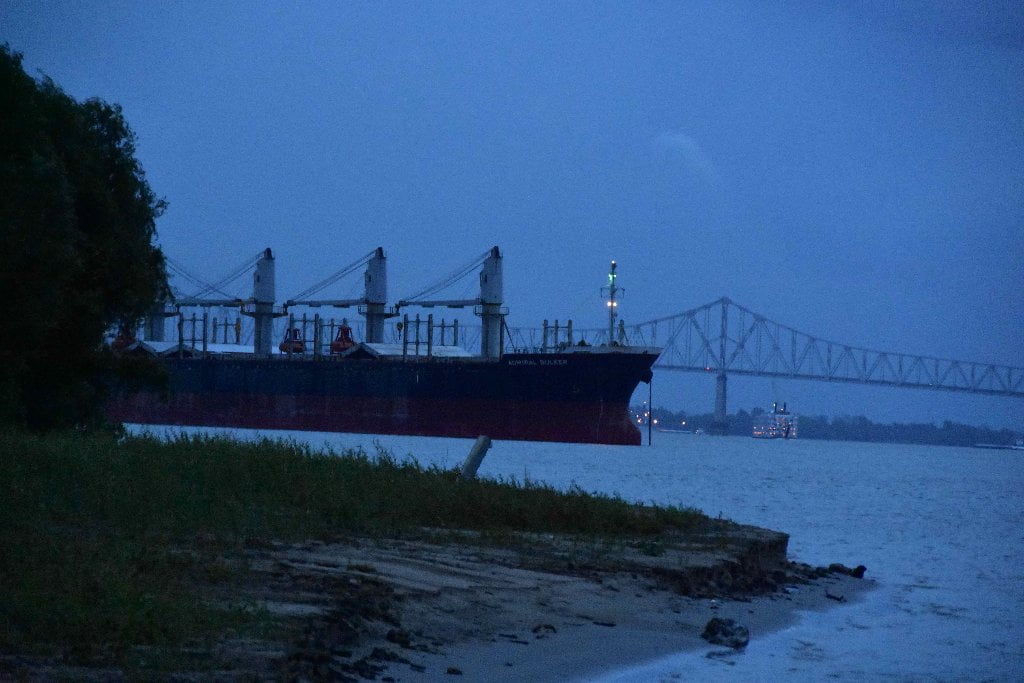
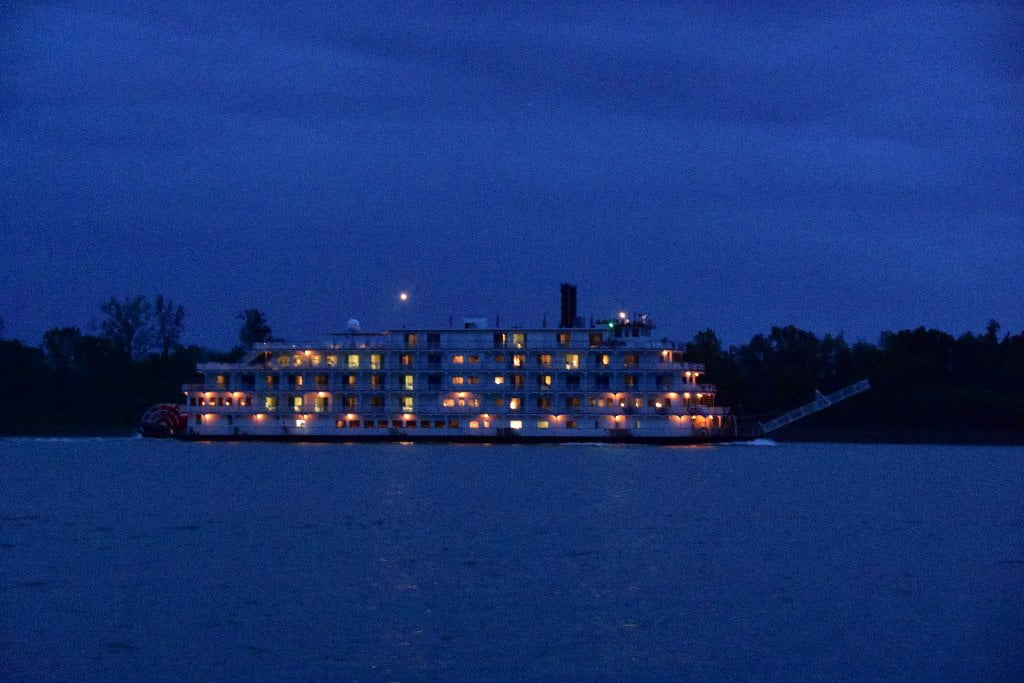

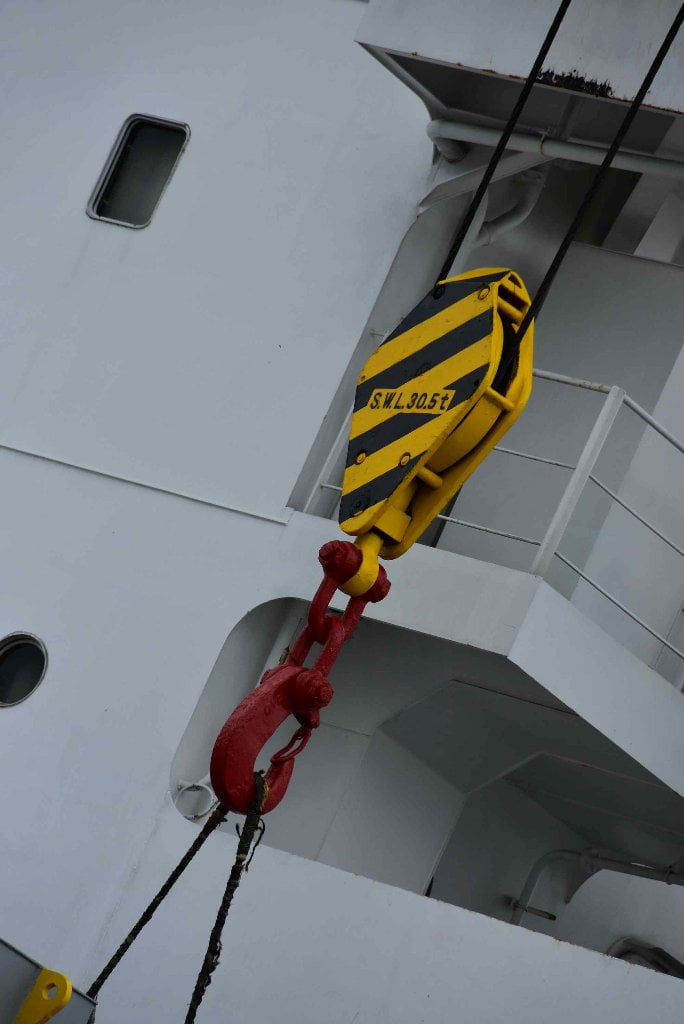




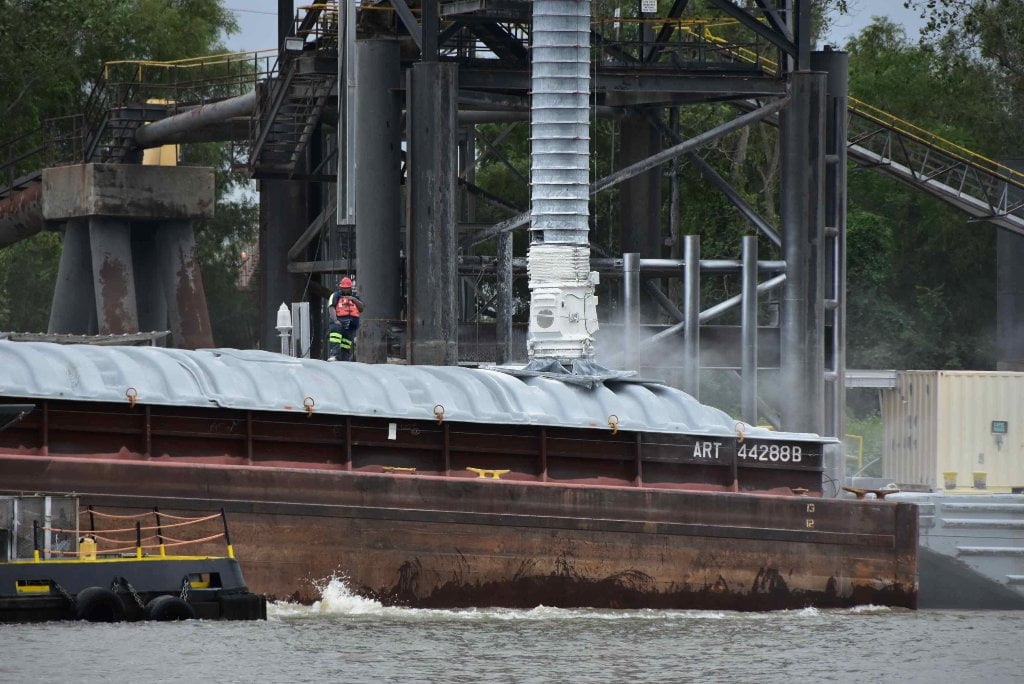
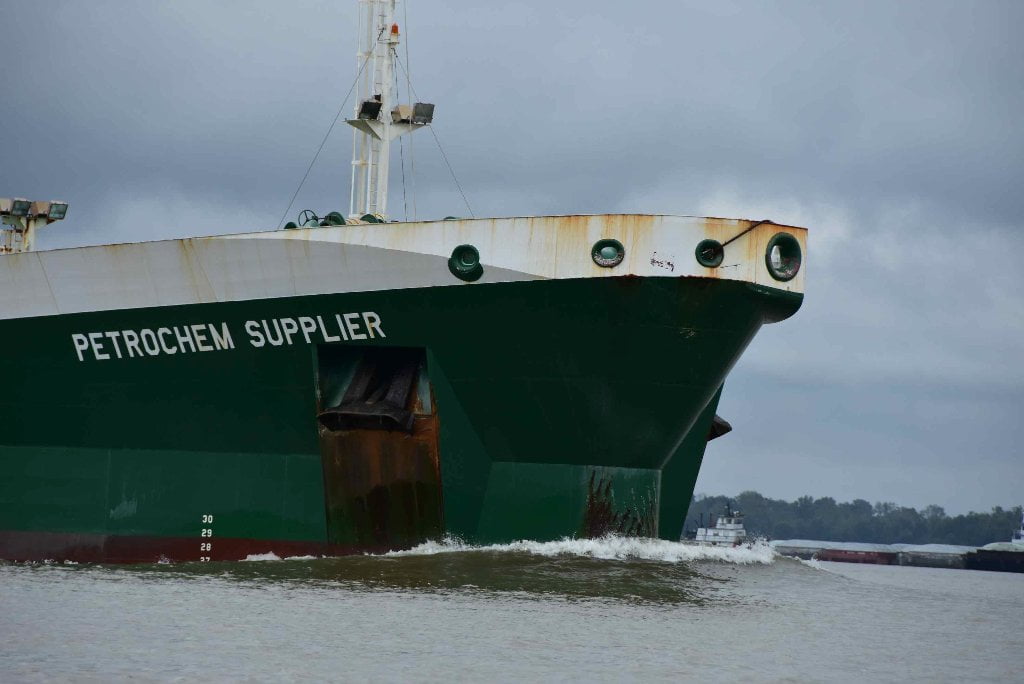
Leave A Comment
You must be logged in to post a comment.